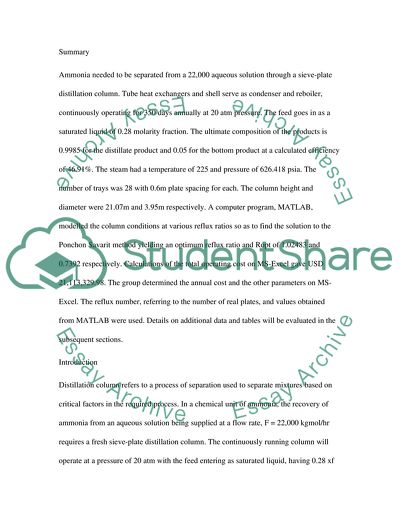Cite this document
(Distillation Column Report Example | Topics and Well Written Essays - 4250 words, n.d.)
Distillation Column Report Example | Topics and Well Written Essays - 4250 words. https://studentshare.org/engineering-and-construction/1845652-distelation-column
Distillation Column Report Example | Topics and Well Written Essays - 4250 words. https://studentshare.org/engineering-and-construction/1845652-distelation-column
(Distillation Column Report Example | Topics and Well Written Essays - 4250 Words)
Distillation Column Report Example | Topics and Well Written Essays - 4250 Words. https://studentshare.org/engineering-and-construction/1845652-distelation-column.
Distillation Column Report Example | Topics and Well Written Essays - 4250 Words. https://studentshare.org/engineering-and-construction/1845652-distelation-column.
“Distillation Column Report Example | Topics and Well Written Essays - 4250 Words”. https://studentshare.org/engineering-and-construction/1845652-distelation-column.


